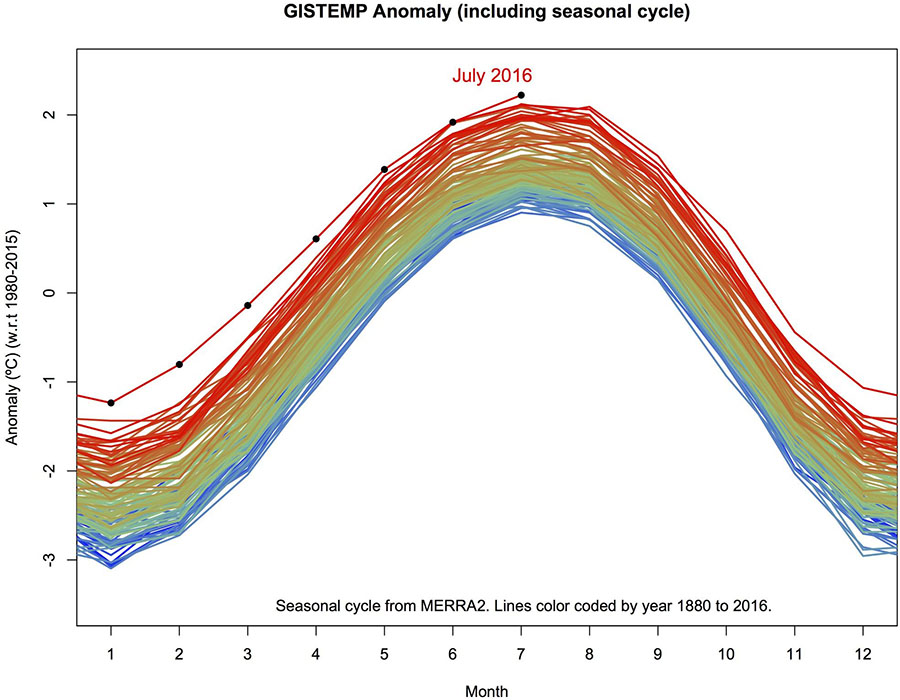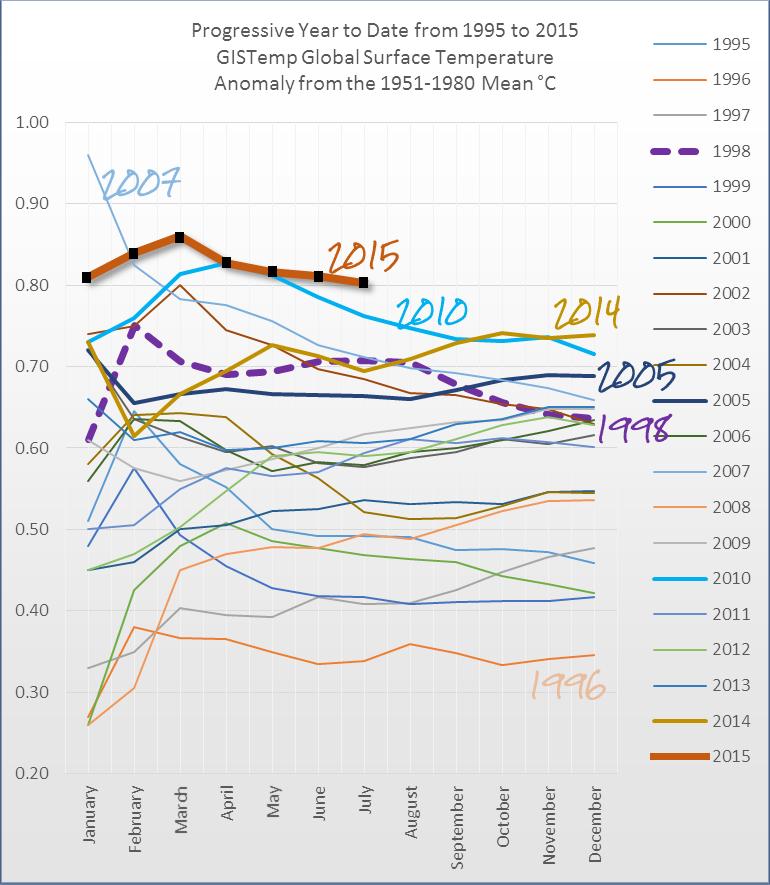edthecynic
Censored for Cynicism
- Oct 20, 2008
- 43,044
- 6,883
- 1,830
Even CF hasn't tried that lie!!!no the average temperature for 1997 was 62.4F. not using any baseline for anything. Why do you keep using baseline figures for 1997? It had an average temperature period. it was 62.4F. if the 20th century average temps was 56.9 then the anomaly/ difference is ~6 degree F. that's it. nothing gets converted or changed or anything. the anomaly is ~6. got it.
From CF's OP graphic:
The global average temperature of 62.45 degrees Fahrenheit for 1997 was the warmest year on record, surpassing the previous record set in 1995 by 0.15 degrees Fahrenheit. The chart reflects variations from the 30-year average (1961-1990) of the combined land and sea surface temperatures.





